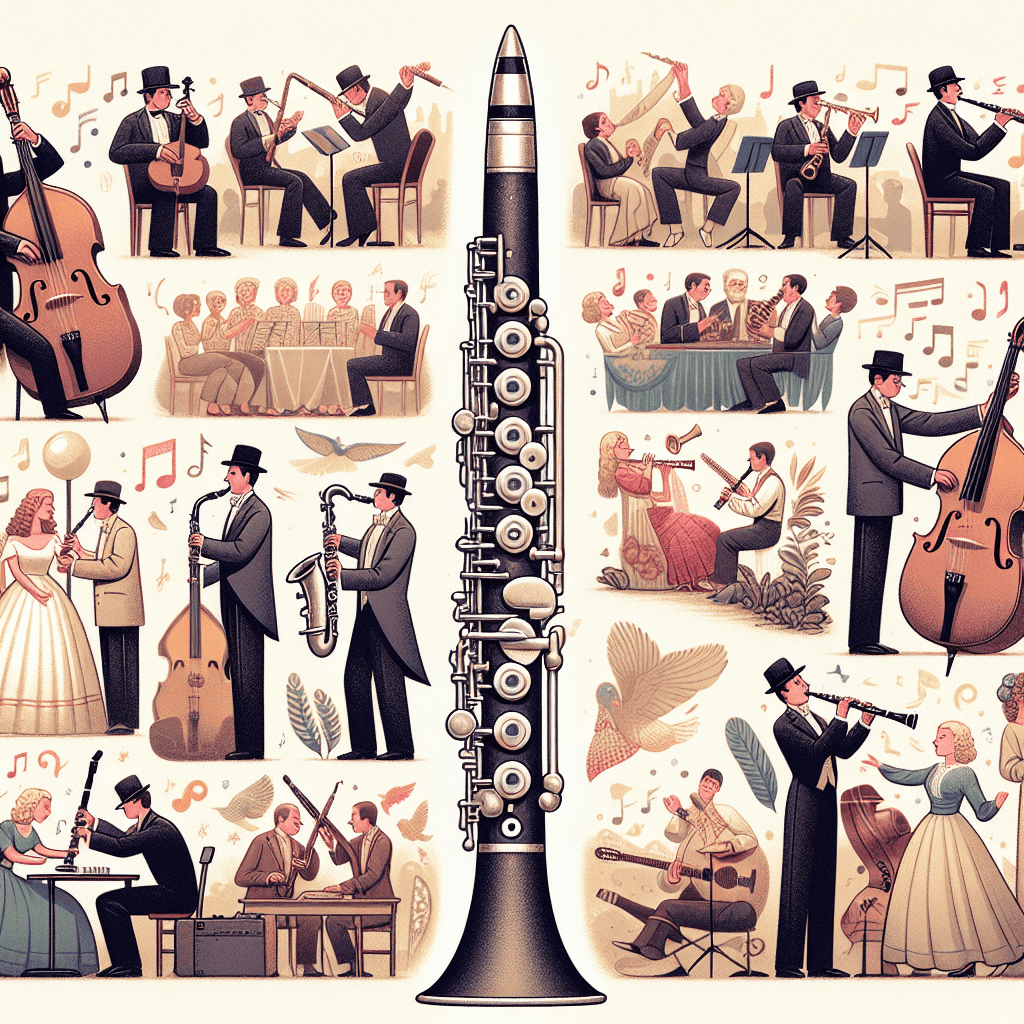Ah, the clarinet! A revered instrument with a rich, dramatic voice that countless musicians have cherished over the centuries. When discussing clarinet music, one simply cannot overlook the historical significance of the C# melodic minor scale. This particular scale has made waves through the clarinet community since it provides a unique sound that has influenced composers and players alike.

Clarinet Fingering Charts are always FREE at MartinFreres.net!
Understanding the C# Melodic Minor Scale
The C# melodic minor scale consists of the following notes: C#, D#, E, F#, G#, A#, B#, and C#. While this scale may seem straightforward, its application in music has been anything but simple! The journey of the C# melodic minor scale shows how much it has contributed to clarinet composition and performance.
| Scale Degree | Note |
|---|---|
| 1 | C# |
| 2 | D# |
| 3 | E |
| 4 | F# |
| 5 | G# |
| 6 | A# |
| 7 | B# |
| 8 | C# |
The Distinctive Structure of C# Melodic Minor
One of the primary features that sets the C# melodic minor scale apart from others is its distinctive structure. In the ascending form, the sixth and seventh tones are raised compared to the natural minor scale. Musicians often appreciate the rich and expressive sound that results from its use. This scale offers clarinetists not only a variety of melodic options but also a chance to explore emotional depths. Playing a piece in this scale can feel like a musical journey through moments of tension and tranquility.
Historical Significance in Various Genres
The C# melodic minor scale has been prominent in various genres, from classical music to contemporary jazz. Composers such as Claude Debussy and Leonard Bernstein have used this scale in their works, making it a staple in the melodies they created. The enchanting sound it produces adds depth and richness to their compositions. Imagine a clarinetist gracefully interpreting one of Bernstein's melodic lines, with that smooth C# melodic minor scale flowing through an exciting jazz piece.
Educational Importance for Aspiring Clarinetists
In many school music programs, students often focus on basic scales such as C major, G major, or B? major. However, as aspiring clarinetists progress in their craft, learning the C# melodic minor scale becomes valuable. This knowledge opens up new opportunities and allows for greater creativity in their playing. It's important to explore all aspects of music. Going beyond the basic scales can lead to unexpected melodies and techniques.
Practicing Techniques for C# Melodic Minor
When practicing the C# melodic minor scale, young players can focus on its unique fingerings. Each note requires a specific finger placement. This encourages players to be thorough in their practice, as they learn to play their instrument with precision. Mastering this scale will improve a player's overall dexterity, helping them tackle more challenging pieces in the future.
Role in Improvisation
The C# melodic minor scale is also important in improvisation. In jazz performances, clarinetists can captivate their audience with impressive riffs based on this scale. The unique combination of notes can evoke joy and nostalgia, creating a memorable experience for listeners. Can you imagine those beautiful tones floating through the air as the clarinetist improvises using the C# melodic minor scale?
Importance of Warm-ups and Exercises
Warm-ups and exercises focusing on this scale are very helpful. These practices can improve sound quality and pitch accuracy, ensuring each note sounds clear. They also help players become comfortable using the scale in their repertoire. As clarinetists work with this scale, they naturally develop a better understanding of how it relates to other scales, improving their overall musical knowledge.
Conclusion
The impact of the C# melodic minor scale on clarinet music goes beyond its notes. It has influenced how music is interpreted and enjoyed. By learning this scale, clarinetists can expand their abilities and enter a world where technical skill meets emotional expression. So, grab your clarinet, explore the beautiful C# melodic minor scale, and let its magic take you to new musical places!
Table of Contents
- Understanding the C# Melodic Minor Scale
- The Distinctive Structure of C# Melodic Minor
- Historical Significance in Various Genres
- Educational Importance for Aspiring Clarinetists
- Practicing Techniques for C# Melodic Minor
- Role in Improvisation
- Importance of Warm-ups and Exercises
- Conclusion








